Find Help
More Items From Ergsy search
-

How to Spot Subscription Scams: 8 Easy Steps to Stay Safe Online!
Relevance: 100%
-
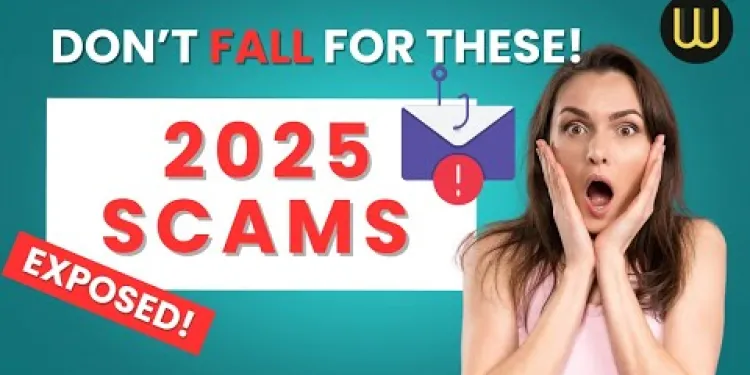
Common Scams to Avoid in 2025 (And How to Outsmart Them!) | Stay Safe Online
Relevance: 66%
-

Common Scams to Avoid in 2025 (And How to Outsmart Them!) | Stay Safe Online
Relevance: 64%
-

UK Banks Strengthen Security Measures Amid Rise in Online Scams
Relevance: 50%
-
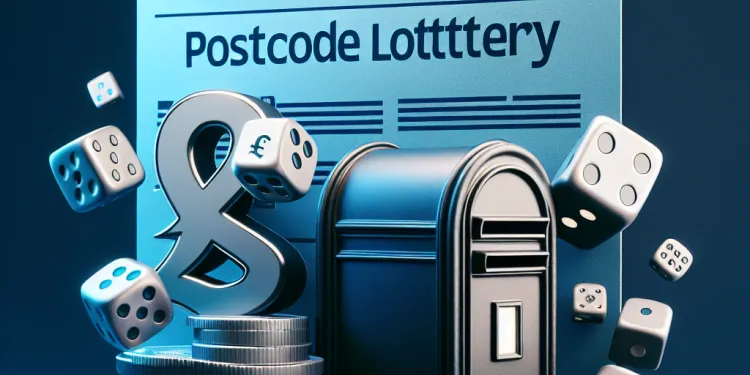
Is the Postcode Lottery a scam?
Relevance: 48%
-

Scams of 2024/2025 ? (Be Aware)
Relevance: 42%
-
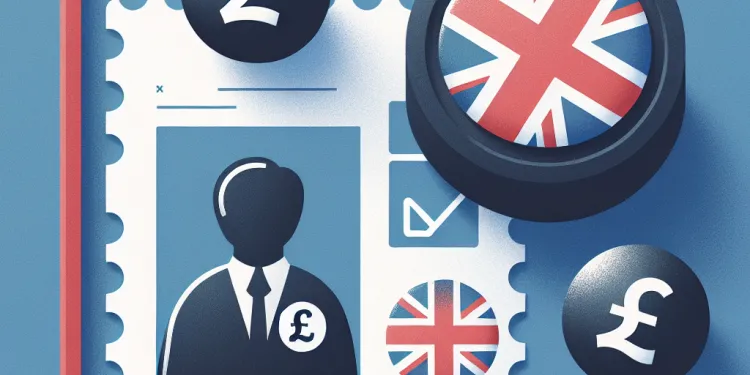
How can I cancel my Postcode Lottery subscription?
Relevance: 42%
-
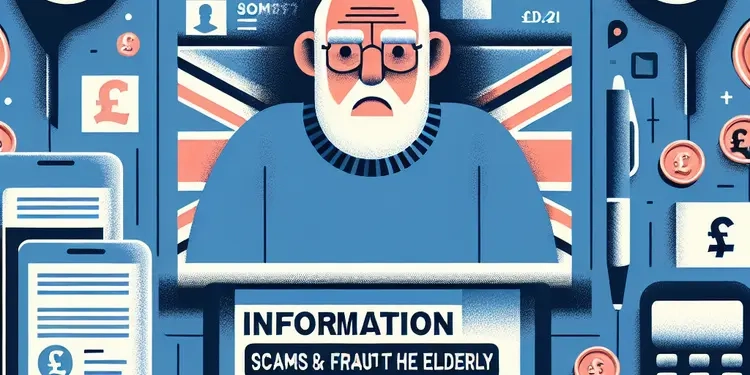
Information on scams and fraud that targets the elderly.
Relevance: 40%
-
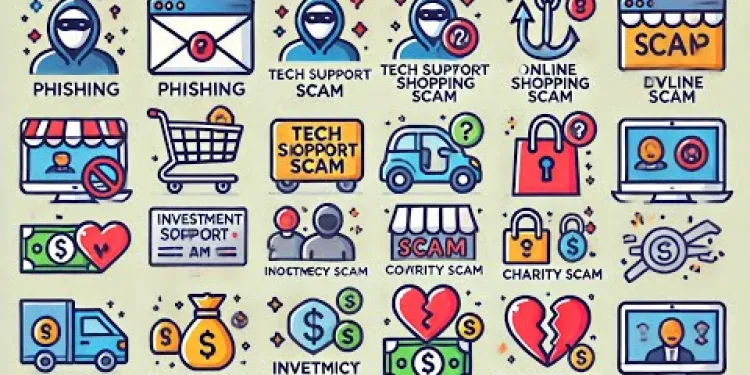
Don't Fall for These 7 Cybersecurity Scams!
Relevance: 39%
-

How can the elderly protect themselves from scams?
Relevance: 38%
-
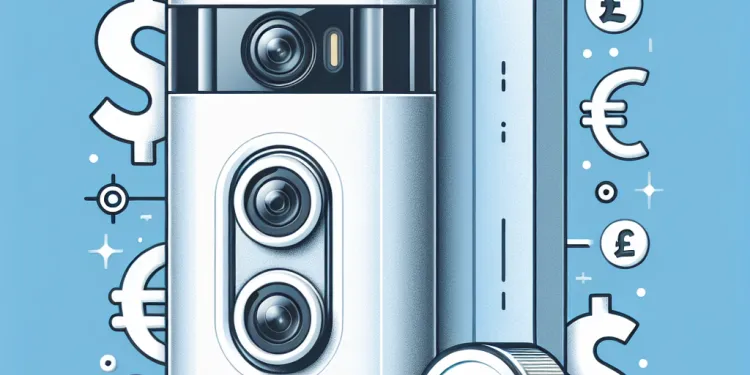
Can I use a Ring Doorbell Camera without a subscription?
Relevance: 36%
-

What are tech support scams?
Relevance: 36%
-
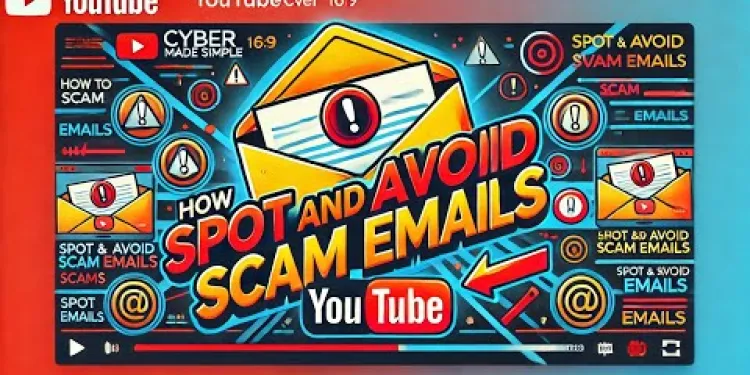
Don't Click On That Email (SPAM & SCAMS)
Relevance: 36%
-

What are investment scams?
Relevance: 36%
-
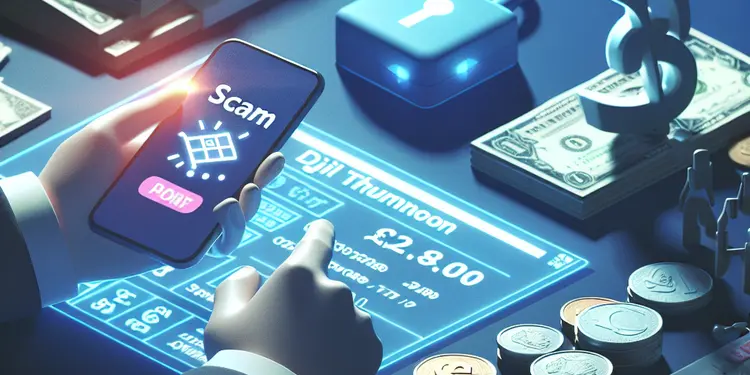
How can I recognize a scam?
Relevance: 35%
-

What steps can I take to help an elderly loved one avoid scams?
Relevance: 35%
-
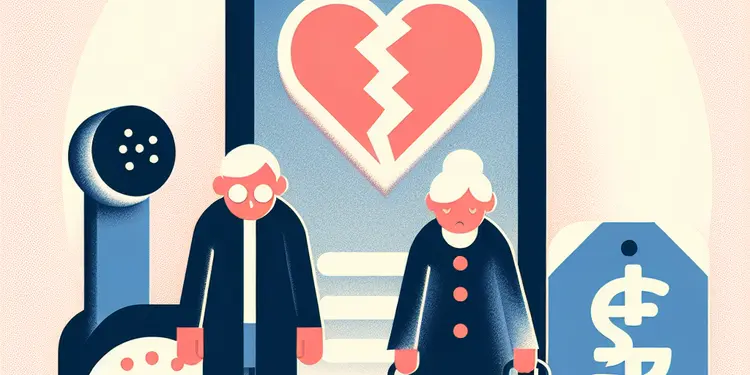
What is a grandparent scam?
Relevance: 35%
-

What are phishing scams?
Relevance: 35%
-

How can I stay safe while walking to work?
Relevance: 34%
-

How do charity scams exploit the elderly?
Relevance: 34%
-
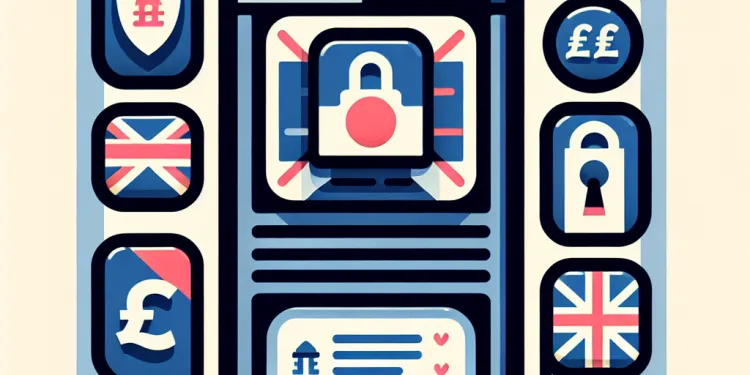
Are online banks like Monzo and Revolut safe?
Relevance: 34%
-

How important is it to report a scam?
Relevance: 33%
-

Crypto Scams Exposed - Protect Your Investments Now!
Relevance: 33%
-
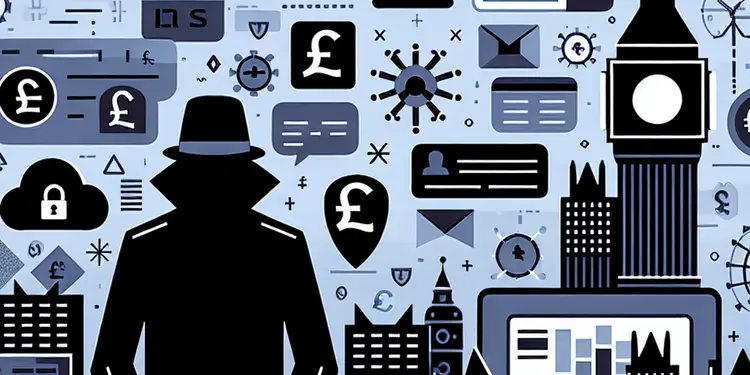
What is the IRS scam?
Relevance: 33%
-
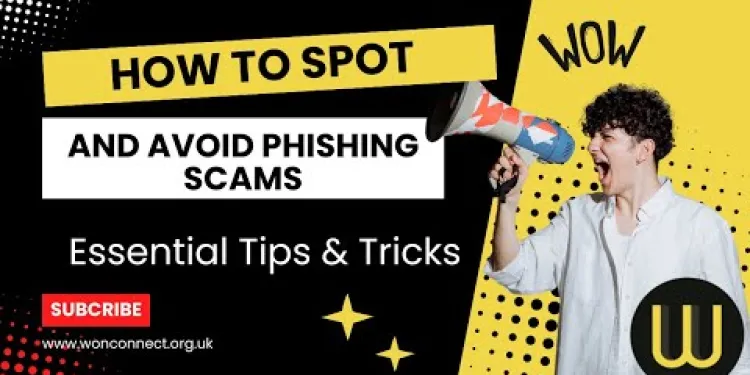
Phishing Scams EXPOSED Don't Fall Victim to These Tricks!
Relevance: 32%
-
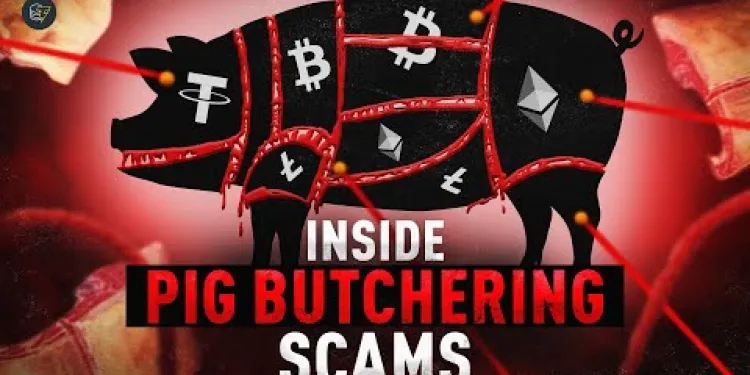
The Most Dangerous Crypto Scam: Victims Speak Out
Relevance: 32%
-

How can I educate myself about potential online threats?
Relevance: 31%
-

How does a lottery or sweepstakes scam work?
Relevance: 30%
-

How do I secure my online accounts?
Relevance: 28%
-
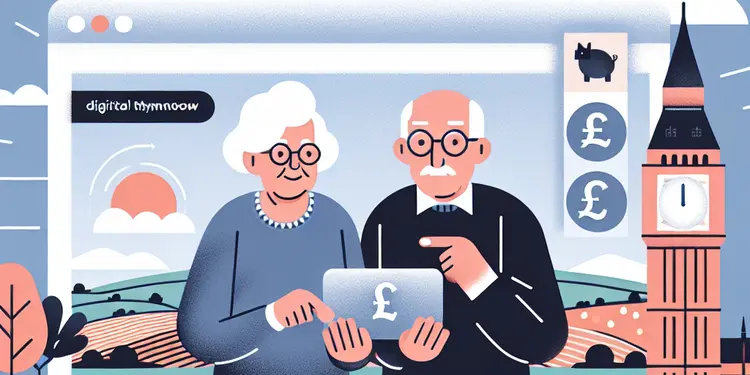
Are there free online resources for pension advice?
Relevance: 28%
-

What is a phishing scam?
Relevance: 28%
-

Why do I see scam adverts on reputable sites?
Relevance: 27%
-

The Devious Car Insurance Scam Hidden In Your Policy! And How to Deal With it
Relevance: 26%
-
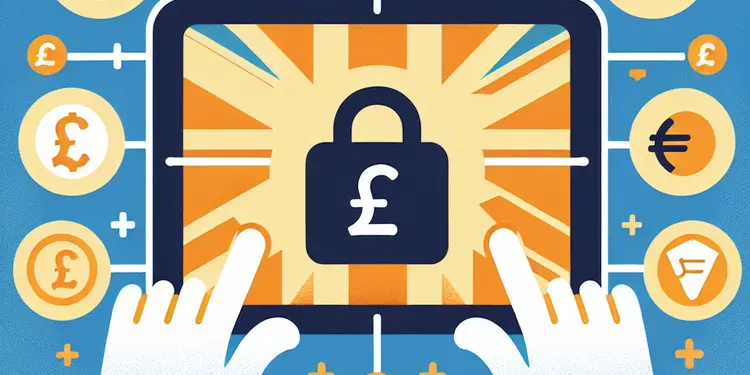
Are there online resources to learn more about fraud prevention?
Relevance: 25%
-
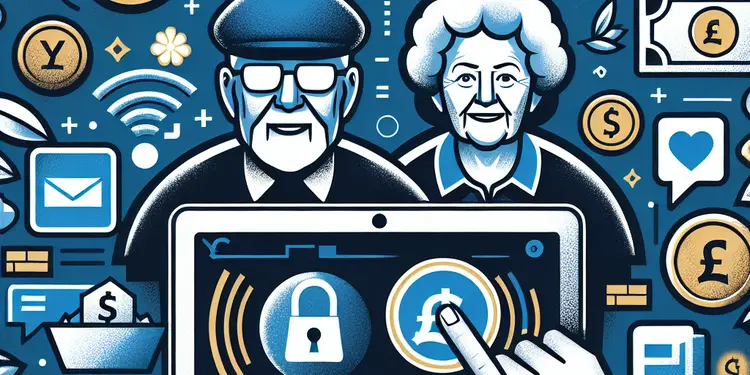
What are common scams that target the elderly?
Relevance: 25%
-

How do community helpers stay updated on best practices?
Relevance: 25%
-
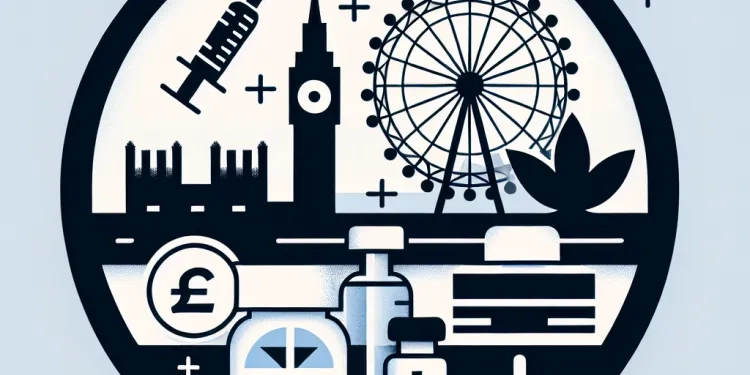
Is Botox safe?
Relevance: 24%
-
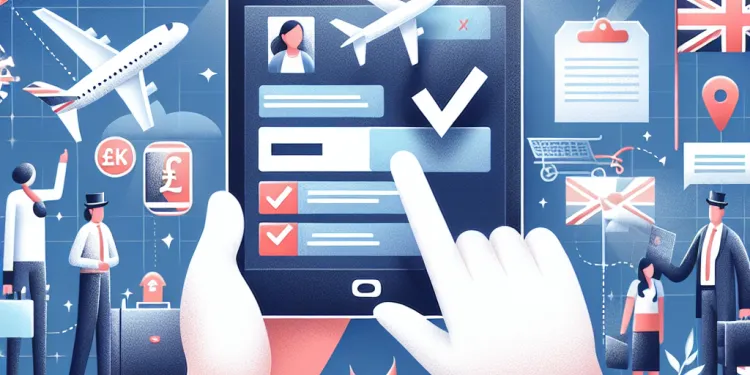
How can I check my immigration status online?
Relevance: 24%
-

Are there any online communities for older adults interested in hobbies?
Relevance: 24%
-
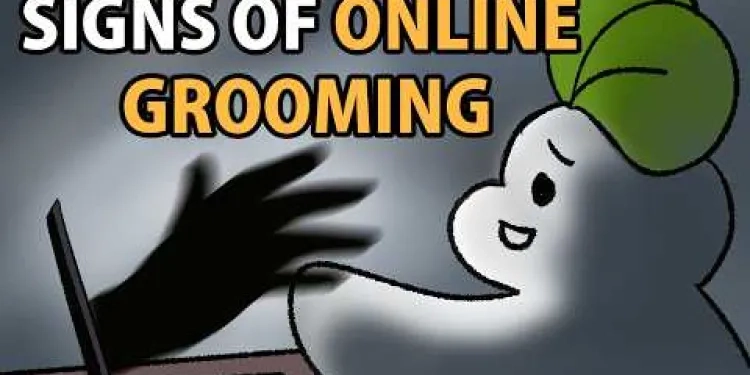
5 Warning Signs of Online Grooming
Relevance: 24%
How to Spot Subscription Scams: 8 Easy Steps to Stay Safe Online!
In today's digital age, subscription services are plentiful, offering everything from streaming content to meal kits. However, the rise of subscription scams poses a significant threat, especially within the United Kingdom. Here's a guide to help you avoid falling victim to these scams.
Step 1: Check the Website's Legitimacy
Always verify the website's authenticity before entering any personal information. Look for a secure connection, indicated by "https://" in the URL and a padlock icon in the address bar. A legitimate site will also provide comprehensive contact information.
Step 2: Read Customer Reviews
Search for reviews from previous customers to gauge the company’s reputation. Sites like Trustpilot or Google Reviews can offer insights into others' experiences. Be cautious if there are numerous complaints or a lack of reviews.
Step 3: Be Wary of Unbelievable Offers
If a subscription offer seems too good to be true, it likely is. Scammers often entice with unbelievably low prices or freebies, only to lock you into costly commitments. Always scrutinize deals that promise the world for nothing.
Step 4: Understand the Terms and Conditions
Thoroughly read the terms and conditions before subscribing. Scam services may hide crucial details in small print, such as automatic renewals at inflated prices or exorbitant cancellation fees.
Step 5: Look for Secure Payment Options
Avoid direct debit setups with companies you do not fully trust. Opt for payment services like PayPal that offer additional layers of buyer protection, so you have recourse if something goes awry.
Step 6: Monitor Your Bank Statements
Regularly check your bank statements for unfamiliar transactions. Scammers often rely on the assumption that small, repeated charges won't be noticed. Promptly address any unauthorized withdrawals with your bank.
Step 7: Verify the Company’s Contact Information
Legitimate companies will provide multiple ways to contact them, including a physical address, phone number, and email. Scam services frequently have vague or missing contact details that make it hard to reach someone for support.
Step 8: Install Security Software
Equip your devices with reliable security software to ward off potential online threats. Top-tier antivirus programs can block scam websites and phishing attempts, adding a crucial layer of protection as you navigate the online world.
By following these steps, UK consumers can more effectively discern genuine subscription services from scams, protecting their finances and personal information along the way. Always exercise caution and prioritize security when engaging with new subscription offers.
How to Spot Subscription Scams: 8 Easy Steps to Stay Safe Online!
Today, many subscription services are available. They offer things like movies or food kits. But, some subscriptions are actually scams. This can be a big problem. Here is a guide to help you stay safe from these scams.
Step 1: Check the Website's Legitimacy
Always make sure the website is real before you enter any personal information. Look for "https://" at the start of the website link and a small padlock icon in the address bar. A real website will also show contact details.
Step 2: Read Customer Reviews
Look online for what other people say about the company. Websites like Trustpilot or Google Reviews can help. Be careful if there are many complaints or no reviews at all.
Step 3: Be Wary of Unbelievable Offers
If an offer sounds too good to be true, it probably is. Scammers often promise very cheap prices or free items. They might then try to make you pay a lot more money. Make sure to carefully check any deal that seems too amazing.
Step 4: Understand the Terms and Conditions
Read all the details before you sign up. Scam sites hide important information in tiny letters, like automatic charges at high prices or big fees to stop the service.
Step 5: Look for Secure Payment Options
Do not use direct debit with companies you do not trust. Choose safe payment services like PayPal. They can help protect your money if something goes wrong.
Step 6: Monitor Your Bank Statements
Check your bank statements often to see if money is taken without your permission. Scammers sometimes take small amounts hoping you won't notice. If you see strange charges, tell your bank right away.
Step 7: Verify the Company’s Contact Information
Real companies have clear contact details. This includes a real address, phone number, and email. Scam sites often do not provide this information, making it hard to talk to them.
Step 8: Install Security Software
Use trusted security software on your devices. Good antivirus programs can block scam websites and stop bad attempts to get your details, keeping you safer online.
By following these steps, people in the UK can see which subscription services are real and which are scams. This helps protect your money and personal information. Always be careful and put safety first when you see new subscription offers.
Frequently Asked Questions
How can I identify a subscription scam?
Look for unexpected charges, unclear pricing, automatic renewals without consent, and difficulty cancelling subscriptions.
What steps can I take to avoid subscription scams?
Always read the terms and conditions, research the company, look for reviews, and use secure payment methods.
Why is it important to read the terms and conditions?
The terms and conditions outline the subscription details, including pricing, cancellation policies, and renewal terms. It's crucial to understand these to avoid hidden fees.
How can researching a company help in avoiding scams?
Researching can reveal any history of fraudulent activity or negative customer experiences. It helps ensure the company is reputable.
What are red flags in subscription services?
Red flags include vague pricing, poor customer service, difficulty unsubscribing, and lack of transparency in terms.
Can online reviews be trusted?
While helpful, not all online reviews are genuine. Look for detailed, balanced reviews and check multiple sources to get a comprehensive view.
What should I do if I suspect I've been scammed?
Contact your bank to stop payments, report the scam to the relevant authorities, and share your experience to warn others.
How do secure payment methods protect against scams?
Secure payments provide fraud protection. Credit cards and reputable payment services offer customer protections that can help dispute unauthorized charges.
Is a free trial always safe to use?
Not always. Ensure the trial terms are clear about what happens after it ends. Often, hidden charges apply if you forget to cancel.
What is automatic renewal in subscriptions?
Automatic renewal means the subscription continues and charges you at the end of each term without requiring consent each time.
How can I cancel a subscription safely?
Follow the company's official cancellation method, usually via their website or customer service, and obtain confirmation of cancellation.
Why may contacting the company's customer service be difficult?
Scam companies often make it hard to reach them or have unhelpful support to prevent cancellations or refunds.
Are there any tools to manage subscriptions effectively?
Yes, subscription management apps can help you track, manage, and cancel subscriptions easily.
What should I do if I see an unfamiliar charge on my bank statement?
Immediately contact your bank to inquire about the charge and dispute it if necessary. Check if it's linked to any subscription.
Can social media ads for subscriptions be trusted?
Be cautious. Verify the legitimacy of offers found on social media by checking the company's website and reviews first.
How can I spot a subscription trick?
Do you get messages asking you to pay for something you don't remember signing up for? This could be a trick to take your money. Here are some tips to help:
- Think carefully: Did you really sign up for it? If not, it might be a trick.
- Check who sent it: Make sure the company or person is real.
- Ask for help: Talk to someone you trust if you are not sure.
- Use tools: Use apps or websites that help spot tricky messages.
Remember, it's okay to say no if you don't feel right about it.
Watch out for fees you didn't expect, prices that are not clear, automatic renewals you didn't agree to, and problems when trying to cancel subscriptions.
How can I stay away from subscription scams?
A subscription scam is when someone tricks you into paying for something you don't want. Here are some easy steps to keep safe:
- Read carefully: Always read what you are signing up for. If it's hard to understand, ask an adult you trust for help.
- Look for tricks: Be careful if something is free at first but costs money later. Check the dates and costs.
- Use tools: Try using a calendar or a phone reminder to track what you sign up for.
- Ask for advice: If you are unsure, talk to someone you trust before giving out any personal details.
These steps can help you stay safe online.
Always read the rules and important information. Find out about the company. Check what other people say about them. Use safe ways to pay.
Why should you read the rules?
Reading the rules is important because:
- The rules tell you what you can and can't do.
- They help you understand what you agree to.
- The rules show you your rights and responsibilities.
Here are some tips to help you:
- Ask someone to read the rules with you.
- Use a dictionary to understand hard words.
- Take breaks if it is long and read in parts.
- Highlight or write down important bits.
The rules tell you about the subscription. They say how much it costs, how you can cancel, and how it renews. It's important to know these things so you don't have surprise costs.
How can learning about a company stop you from being tricked?
Learning about a company can help you know if it is good or bad.
Here are some ways to check a company:
- Look for reviews online. See what other people say.
- Check if the company has a website. A real company usually has one.
- Ask a grown-up or teacher to help you look for more information.
Doing these things can help you stay safe.
Researching can help you find out if the company has done anything bad or if customers had problems. It makes sure the company is good and can be trusted.
What are warning signs in subscription services?
Watch out for warning signs. These include unclear prices, bad customer service, trouble when you want to stop a service, and unclear or hidden rules.
Can you believe what people say in online reviews?
Online reviews can help you, but sometimes they are not real. Try to find reviews with lots of details. Also, read reviews from different places to understand the full picture.
What to do if you think you've been tricked?
Tell your bank to stop the money, tell the police about the scam, and tell people what happened so they know to be careful.
How do safe ways to pay stop scams?
Safe ways to pay help keep your money safe. They make it harder for bad people to trick you. Here is how:
- Check the Details: Safe payment tools check if the payee details are correct. Always check the information yourself too.
- Passwords and Codes: Use strong passwords and secret codes. This helps to keep out bad people.
- Alerts and Messages: These tell you if something strange is happening with your money.
- Secure Websites: Look for the lock symbol in your browser. This shows the website is safe.
Ask a friend or adult for help if you're not sure. Use tools like voice assistants or screen readers if reading is tricky.
Safe payments keep your money safe. Credit cards and trusted payment services help if someone tries to take your money without asking.
Are free trials always safe?
Free trials can be a good way to try something new. But be careful. Here are some tips to stay safe:
- Check if you need to give your credit card details. If you do, be careful. They might charge you later.
- Read what happens when the trial ends. Will you have to pay?
- Set a reminder to cancel if you don't want to continue.
- Ask a family member or friend to help if you are unsure.
No, not always. Make sure you know what happens after the trial ends. Sometimes, you have to pay money if you forget to stop the trial.
What is automatic renewal in subscriptions?
When you have a subscription, like a magazine or a video app, you pay money every so often to keep using it. Automatic renewal means that the subscription will keep going and charge you money again when the time comes.
You do not need to remember to pay each time; it happens by itself.
If you want to stop, you have to tell them before it renews.
Tip: Use a calendar to mark the renewal dates or ask an adult to help remind you.
Automatic renewal means your subscription keeps going and charges you again at the end of each period without needing you to say yes each time.
How can I stop a subscription safely?
Do you want to stop your subscription, but you are not sure how?
Follow these easy steps:
- Find the website or app where you signed up for the subscription.
- Log in to your account.
- Look for a button or link that says "Cancel" or "Stop Subscription."
- Click on it and follow the instructions.
- Check your email for a message that says your subscription is cancelled.
If you need help, ask a friend or family member you trust to help you. You can also contact the customer service of the company for help.
To cancel, go to the company's website or call their customer service. Make sure you get a message that says it is cancelled.
Why is it hard to talk to the company's help team?
Talking to the company's help team can be tough sometimes. Here are some reasons why:
- The phone lines might be busy.
- You may have to wait a long time.
- The staff might use words that are hard to understand.
Here are some tips to make it easier:
- Try calling at a different time when it's less busy.
- Use email or chat if you can. It can be easier.
- Ask a family member or friend to help you.
Tricky companies can make it very hard to talk to them. They might have people who are not helpful. This makes it tough to stop or get your money back.
Can I get help to keep track of my subscriptions?
Yes, there are tools that can help you. These tools make it easy to see all the things you pay for. They can remind you when it's time to pay and show you how much you spend. Some good ones to try are:
- Use a calendar to mark payment dates.
- Try apps like Truebill or Bobby.
- Ask someone you trust for help.
Yes, apps can help you keep track of your subscriptions. They make it easy to manage or stop them.
What to Do If You See a Charge You Don't Know on Your Bank Paper
If you see something on your bank paper that you don't remember buying, don't worry. Here's what you can do:
- Check with family: Ask someone in your family if they bought something using your card.
- Look for details online: If you have a computer, check your bank account online for more info.
- Contact the bank: Call the number on your bank card and ask them for help. They can tell you more.
- Write it down: Keep a note of the charge and see if it happens again next month.
If you're still unsure, it's okay to ask someone you trust for help. They can help you with the steps.
Call your bank right away. Ask them about the charge. If it is wrong, tell them. Check if it is from a subscription you have.
Can you trust ads on social media for subscriptions?
Ads are messages that try to make you want to buy something. You see them on social media like Instagram or Facebook. These ads might offer things like a magazine or a game subscription.
Here are some tips to stay safe:
- Ask an adult: If you see an ad you like, ask a grown-up if it is okay.
- Read reviews: Look at what other people say about it. You can find reviews online.
- Use safe websites: Make sure the website you use is secure. Check for a padlock symbol in the web address.
Remember, not all ads are true. Be careful before you decide to buy anything.
Be careful. Check if offers on social media are real. Look at the company's website and read reviews first.
Useful Links
- Ergsy carfully checks the information in the videos we provide here.
- Videos shown by Youtube after a video has completed, have NOT been reviewed by ERGSY.
- To view, click the arrow in centre of video.
- Most of the videos you find here will have subtitles and/or closed captions available.
- You may need to turn these on, and choose your preferred language.
- Go to the video you'd like to watch.
- If closed captions (CC) are available, settings will be visible on the bottom right of the video player.
- To turn on Captions, click settings .
- To turn off Captions, click settings again.
More Items From Ergsy search
-

How to Spot Subscription Scams: 8 Easy Steps to Stay Safe Online!
Relevance: 100%
-

Common Scams to Avoid in 2025 (And How to Outsmart Them!) | Stay Safe Online
Relevance: 66%
-

Common Scams to Avoid in 2025 (And How to Outsmart Them!) | Stay Safe Online
Relevance: 64%
-

UK Banks Strengthen Security Measures Amid Rise in Online Scams
Relevance: 50%
-

Is the Postcode Lottery a scam?
Relevance: 48%
-

Scams of 2024/2025 ? (Be Aware)
Relevance: 42%
-

How can I cancel my Postcode Lottery subscription?
Relevance: 42%
-

Information on scams and fraud that targets the elderly.
Relevance: 40%
-

Don't Fall for These 7 Cybersecurity Scams!
Relevance: 39%
-

How can the elderly protect themselves from scams?
Relevance: 38%
-

Can I use a Ring Doorbell Camera without a subscription?
Relevance: 36%
-

What are tech support scams?
Relevance: 36%
-

Don't Click On That Email (SPAM & SCAMS)
Relevance: 36%
-

What are investment scams?
Relevance: 36%
-

How can I recognize a scam?
Relevance: 35%
-

What steps can I take to help an elderly loved one avoid scams?
Relevance: 35%
-

What is a grandparent scam?
Relevance: 35%
-

What are phishing scams?
Relevance: 35%
-

How can I stay safe while walking to work?
Relevance: 34%
-

How do charity scams exploit the elderly?
Relevance: 34%
-

Are online banks like Monzo and Revolut safe?
Relevance: 34%
-

How important is it to report a scam?
Relevance: 33%
-

Crypto Scams Exposed - Protect Your Investments Now!
Relevance: 33%
-

What is the IRS scam?
Relevance: 33%
-

Phishing Scams EXPOSED Don't Fall Victim to These Tricks!
Relevance: 32%
-

The Most Dangerous Crypto Scam: Victims Speak Out
Relevance: 32%
-

How can I educate myself about potential online threats?
Relevance: 31%
-

How does a lottery or sweepstakes scam work?
Relevance: 30%
-

How do I secure my online accounts?
Relevance: 28%
-

Are there free online resources for pension advice?
Relevance: 28%
-

What is a phishing scam?
Relevance: 28%
-

Why do I see scam adverts on reputable sites?
Relevance: 27%
-

The Devious Car Insurance Scam Hidden In Your Policy! And How to Deal With it
Relevance: 26%
-

Are there online resources to learn more about fraud prevention?
Relevance: 25%
-

What are common scams that target the elderly?
Relevance: 25%
-

How do community helpers stay updated on best practices?
Relevance: 25%
-

Is Botox safe?
Relevance: 24%
-

How can I check my immigration status online?
Relevance: 24%
-

Are there any online communities for older adults interested in hobbies?
Relevance: 24%
-

5 Warning Signs of Online Grooming
Relevance: 24%


